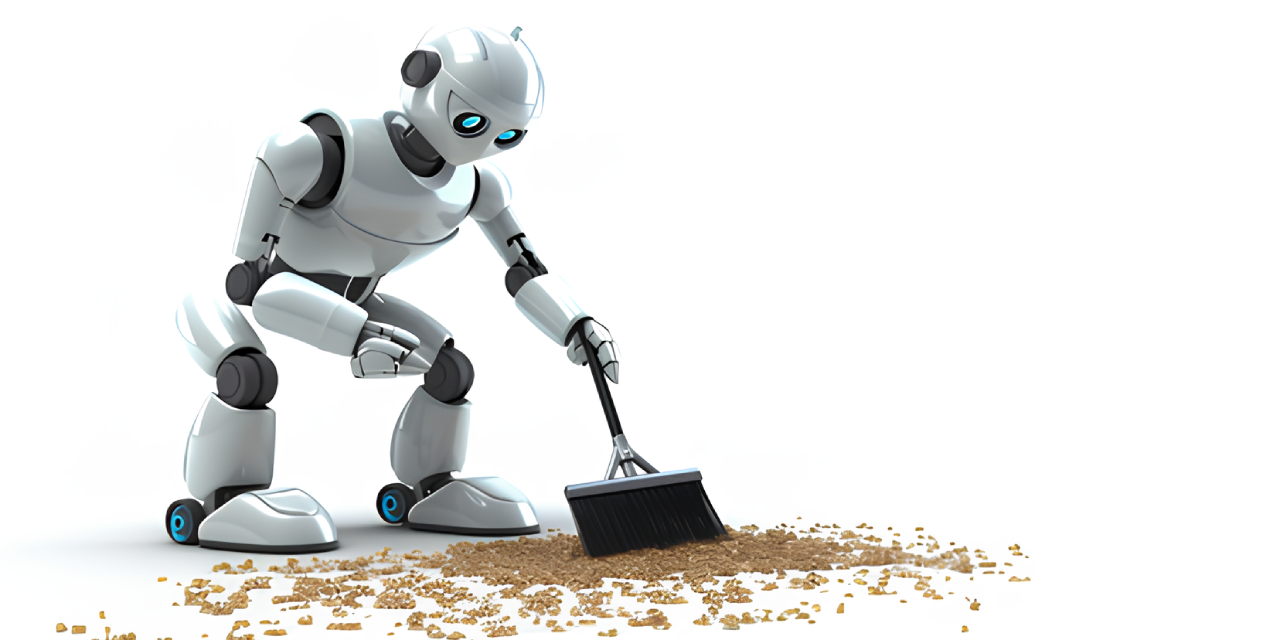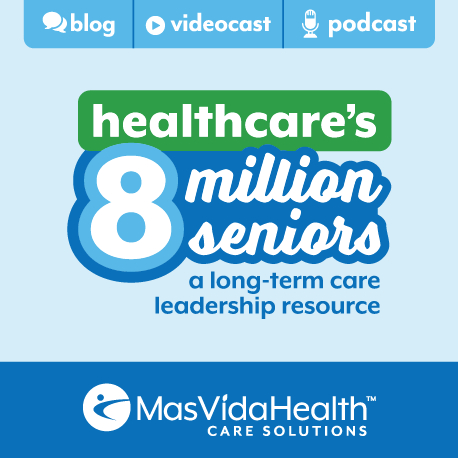A Robust Cleaning Process (Your Step by Step Guide)

In the realm of long-term care facilities, cleanliness isn’t just about maintaining an appealing environment—it’s a matter of life and death. The role of a robust cleaning process extends beyond mere aesthetics, playing a pivotal part in infection prevention and ensuring the health and safety of both residents and staff. In this article, we’ll delve into the importance of a comprehensive sanitation process, the essential components involved, and a step-by-step guide to implementing it effectively. We’ll also explore how companies like MasVida Health are revolutionizing facility hygiene, making healthcare environments safer and healthier.
Understanding the Need for a Robust Cleaning Process
The Role of Cleanliness in Long-term Care Facilities
Cleanliness in long-term care facilities is not just a matter of aesthetics—it’s a critical factor in maintaining the health and well-being of residents and staff. Poor hygiene can lead to increased infection risks, including Healthcare-Acquired Infections (HAIs), which can be life-threatening, especially for individuals with compromised immune systems. On the other hand, maintaining high hygiene standards can significantly reduce these health risks and enhance the overall quality of life for residents. A clean and well-organized facility also instills confidence in patients and their families, making them feel more comfortable and reassured during their stay.
The Importance of a Systematic Cleaning Process
Implementing a systematic and regular cleaning routine is vital in these facilities. A well-structured cleaning system ensures that all areas of the environment are regularly cleaned and disinfected, reducing the potential for the spread of infections. It also ensures that no area is overlooked, which can often happen in the absence of a systematic approach. Regular cleaning is not just about maintaining a visually pleasing environment; it’s a crucial patient safety issue. Learn more about MasVida’s cleaning products here.
Components of a Robust Cleaning Process
Essential Cleaning Products and Equipment
A thorough cleaning process in healthcare facilities requires specific cleaning products and equipment. These may include disinfectants, sanitizers, cleaning trolleys, buckets, and other tools necessary for different cleaning tasks. The choice of cleaning supplies should be guided by their effectiveness against various pathogens and their safety for use around vulnerable individuals. Companies like MasVida Health are leading the way in providing effective cleaning products and equipment for healthcare facilities.
Effective Cleaning Techniques
Effective cleaning techniques are crucial in maintaining hygiene standards in healthcare facilities. These techniques should be guided by written protocols and should include procedures for routine general cleaning, disinfection of surfaces and clinical equipment, and special cleaning tasks as needed. The cleaning process should always proceed from cleaner to dirtier areas to avoid spreading dirt and microorganisms.
The Role of Personal Protective Equipment
Personal Protective Equipment (PPE) plays a vital role in ensuring the safety of cleaning staff in healthcare facilities. PPE, which may include gloves, masks, gowns, and face shields, provides a barrier between healthcare workers and infectious agents, reducing the risk of transmitting microorganisms. Proper use and disposal of PPE are essential to prevent cross-contamination.
Step-by-Step Guide to a Robust Cleaning Process
Cleaning Different Areas of the Facility
Different areas of a long-term care facility require different cleaning approaches. Common areas, such as lounges and dining rooms, should be cleaned daily, with surfaces wiped down and floors swept and mopped. Rooms, especially those of the residents, require a more thorough approach. Bed linens should be changed regularly, and surfaces, including bedside tables and chairs, should be disinfected. Bathrooms, being high-risk areas for germs, need to be cleaned multiple times a day, with special attention to toilets, sinks, and shower areas. Remember, the goal is not just to clean but to disinfect, reducing the risk of infection spread.
Handling Spills and Accidents
Spills and accidents are inevitable in any facility. The key is to handle them promptly and effectively to prevent contamination. For liquid spills, absorbent materials should be used to soak up the spill, followed by disinfection of the area. Solid waste should be carefully picked up, ensuring minimal contact, and the area should be cleaned and disinfected. Always remember to wear appropriate personal protective equipment when handling spills to protect yourself from potential infection.
Performing Specialized Cleaning Tasks
Specialized cleaning tasks include disinfecting high-touch surfaces and handling biohazardous waste. High-touch surfaces, such as doorknobs, light switches, and handrails, should be cleaned and disinfected multiple times a day as they are hotspots for germs. Biohazardous waste, such as used bandages or needles, should be disposed of in designated biohazard waste bins and handled according to local regulations.
Maintaining the Cleanliness Standard
Regular Monitoring and Checks
Regular monitoring and checks are crucial in maintaining cleanliness standards. This involves routine inspections of the facility to ensure that cleaning protocols are being followed and that the environment remains clean and safe. Regular checks also help identify any areas that may need improvement or additional attention.
The Role of Feedback and Audits
Feedback mechanisms and audits play a significant role in improving the cleaning process. Feedback from staff and residents can provide valuable insights into the effectiveness of the cleaning protocols and identify areas for improvement. Regular audits, on the other hand, ensure compliance with health regulations and standards.
Conclusion
In the world of long-term care facilities, a robust cleaning process is not just a good-to-have, but a necessity. It plays a crucial role in infection prevention, ensuring the health and safety of residents and staff. From understanding the importance of cleanliness, to implementing a systematic cleaning routine, using the right products and equipment, and performing specialized cleaning tasks, every step contributes to a safer and healthier environment. Regular monitoring, feedback, and audits further enhance the process, ensuring that high cleanliness standards are maintained. Companies like MasVida Health are leading the way in this domain, providing comprehensive solutions for facility hygiene. Remember, cleanliness in healthcare is not just about aesthetics—it’s about saving lives and improving the quality of life for those in care.
What are some common mistakes to avoid in the cleaning process of long-term care facilities?
Common mistakes include neglecting high-touch surfaces, not following a systematic cleaning routine, and improper handling of biohazardous waste. It’s crucial to have a comprehensive cleaning protocol in place and ensure all staff are trained to follow it.
How can technology aid in the cleaning process in healthcare facilities?
Technology can play a significant role in enhancing the cleaning process. For instance, digital checklists can ensure all cleaning tasks are completed, while advanced cleaning equipment can provide more thorough and efficient cleaning. Some companies, like MasVida Health, even offer integrated solutions that leverage technology for better hygiene management. Our OneSource portal is one of those solutions.
How often should cleaning protocols in long-term care facilities be updated?
Cleaning protocols should be reviewed and updated regularly, at least once a year. However, in the face of a health crisis or outbreak, immediate revisions may be necessary based on new information or guidelines from health authorities.
How can residents and their families contribute to maintaining cleanliness in long-term care facilities?
Residents and their families can contribute by following the facility’s hygiene guidelines, such as hand hygiene practices. They can also provide valuable feedback on cleanliness standards and participate in cleanliness awareness programs.
What role do cleaning staff play in infection control in long-term care facilities?
Cleaning staff play a crucial role in infection control. Their daily efforts in maintaining cleanliness and hygiene standards directly contribute to reducing the risk of Healthcare-Acquired Infections (HAIs). Hence, their training and adherence to cleaning protocols are of utmost importance.
Join healthcare’s ultimate resource for long-term care!
• Follow Us on Linkedin
• Join our weekly Newsletter
OneSource: Your Single Source for Same-day DME Delivery and Better Facility Hygiene
Better products. Better service. Better outcomes.
Partnering with one provider for your DME and facility hygiene services can result in reduced turnover, higher quality work, and healthier facilities.

Medical OxygenTherapy →
Negative Pressure (NPWT) →
Respiratory Therapy →
Durable Medical Equipment →

